This post is a guide for one of my most valued customers, Veterinary Specialty Care in Mt. Pleasant.
They have recently had a set of new Wascomat washers recently installed and part of that installation was a brand new dump tank with a lint trap.
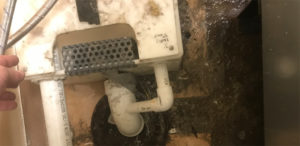
Lint Trap On Drain Reservoir
If it is, please clean it.
To locate the lint trap, step behind the machines and look at the white plastic reservoir located behind it.
The washers drain water into this tub, and part of the local building code is that this device must have a lint trap to keep debris from building up in the local sewer system.
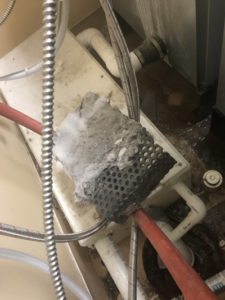
Lint Trap Clogged
The lint that comes out of laundry is really thick and gooey and as it builds up it stops up the grate and traps the water in the reservoir.
When the lint gets high enough it clogs the drain and will not allow the water to drain fast enough, especially if the two washers happen to go into the drain cycle at the same time.
When this happens you get overflow and water on the floor.
The easiest way to clean the lint trap is to get a scraper or anything with a flat surface and just scrape across the surface of the lint trap.
This will get rid of the majority of the lint, then you should put under running water and take a brush and clean any remaining debris.
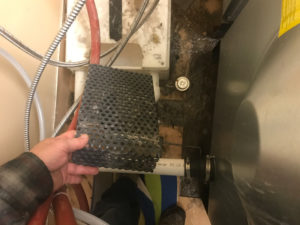
Lint Trap Cleaned
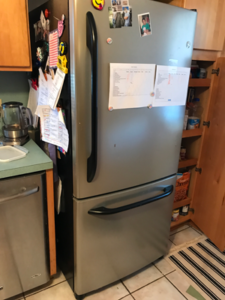
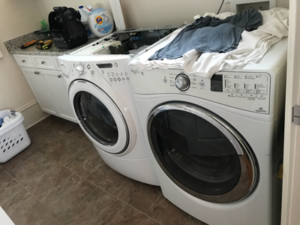
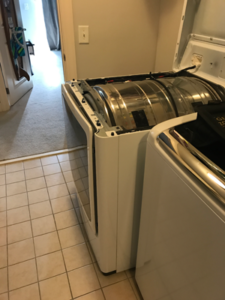
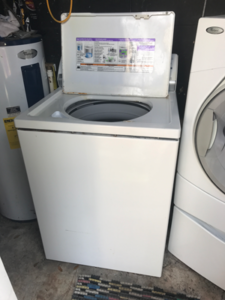
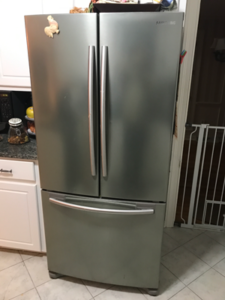

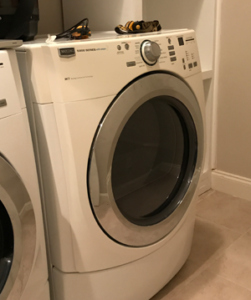
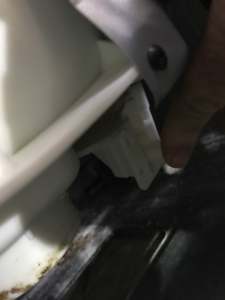
Recent Comments